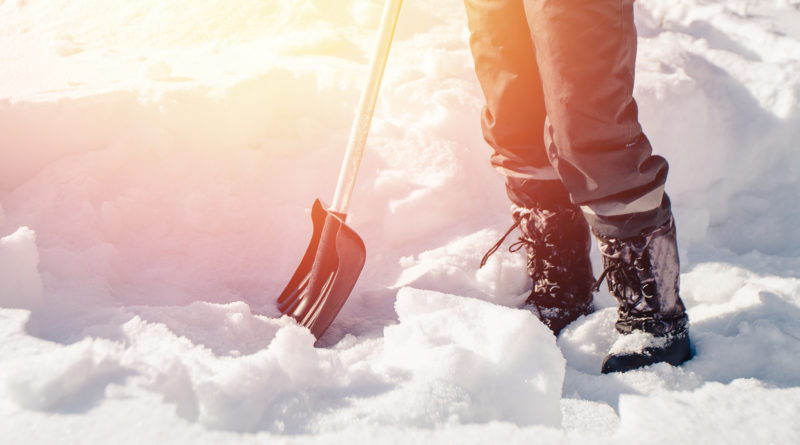Here’s How To Shovel Snow Safely
1,263 total views, 2 views today
Clearing snow and ice after a particularly intense winter storm can be more physically demanding than we often realize. The physical strain of moving heavy mounds of snow and ice with an equally heavy shovel can lead to, in extreme cases, a heart attack. Although this is likelier to occur in older individuals, it can happen to anyone, so knowing how to shovel snow safely is understatedly vital information.
For starters, shoveling after eating can be risky. We’re not saying that, if you’ve eaten anything at all, you can’t shovel; you just need to wait an hour or so. Same goes for smoking—if you just had a drag, take a moment before getting to work.
Shoveling is exercise, so stretching your legs, arms, and back, among other body parts, is recommended. As with most exercise, the goal isn’t necessarily to go super fast, so keep a modest pace while you shovel. Be sure to lift with your legs instead of your back; even outside of snowing, lifting with the back is a common mistake, one that frequently leads to back injury and pain, which can become chronic.
As actual shoveling technique goes, start by pushing snow with your shovel rather than lifting it. When the time comes to really clear the snow, you can begin lifting the snow, but fill your shovel no more than halfway, or use a smaller shovel. If possible, try to focus only on lifting fresh, powdery snow; this is lighter than snow that’s been on the ground for a long time.
Most obviously, know when you’re exhausted. If you feel physically drained, or if you feel the signs of a heart attack coming on, put down the shovel and call 9-1-1. When it comes to heart attacks, every second of preventative action helps.
Shoveling may not seem like a big hassle, but it can be dangerous. That said, if you keep everything here in mind, you’ll have no trouble at all clearing a path!

